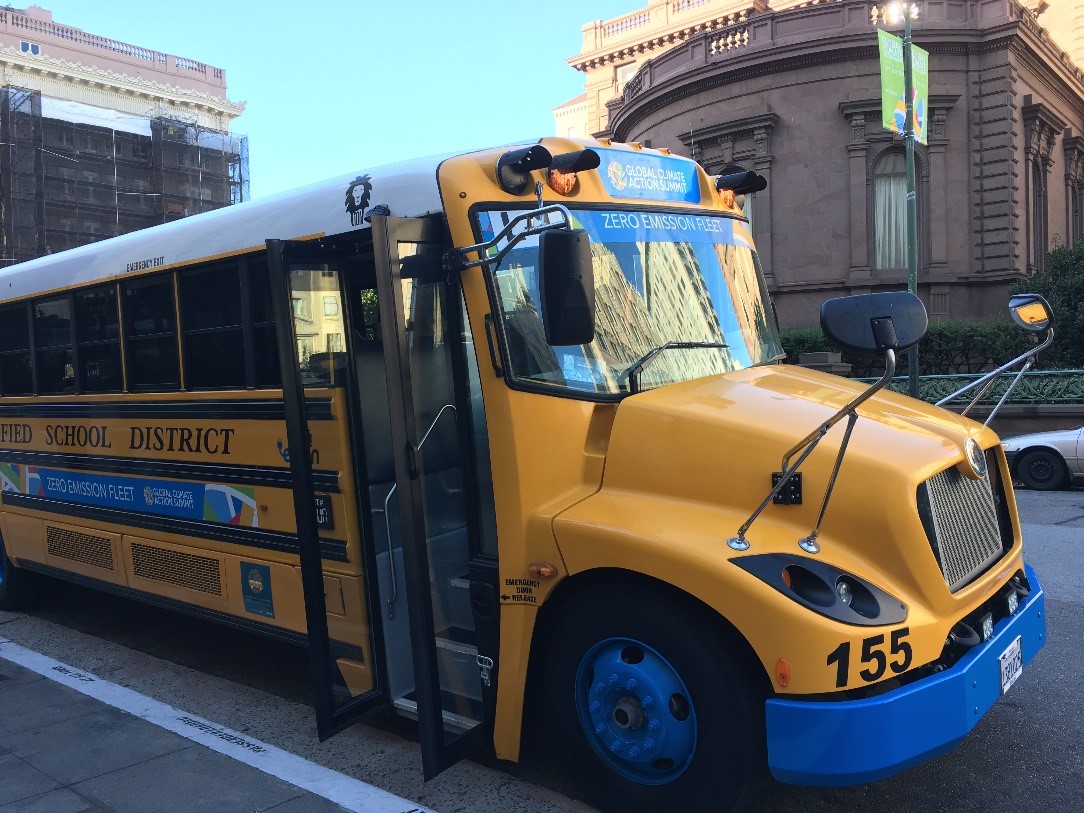
Electric Buses Prove Their Worth in American Cities
The experience of six "early adopters" shows that electric buses can be reliable, environmentally-friendly and cost-effective replacements for diesel vehicles.
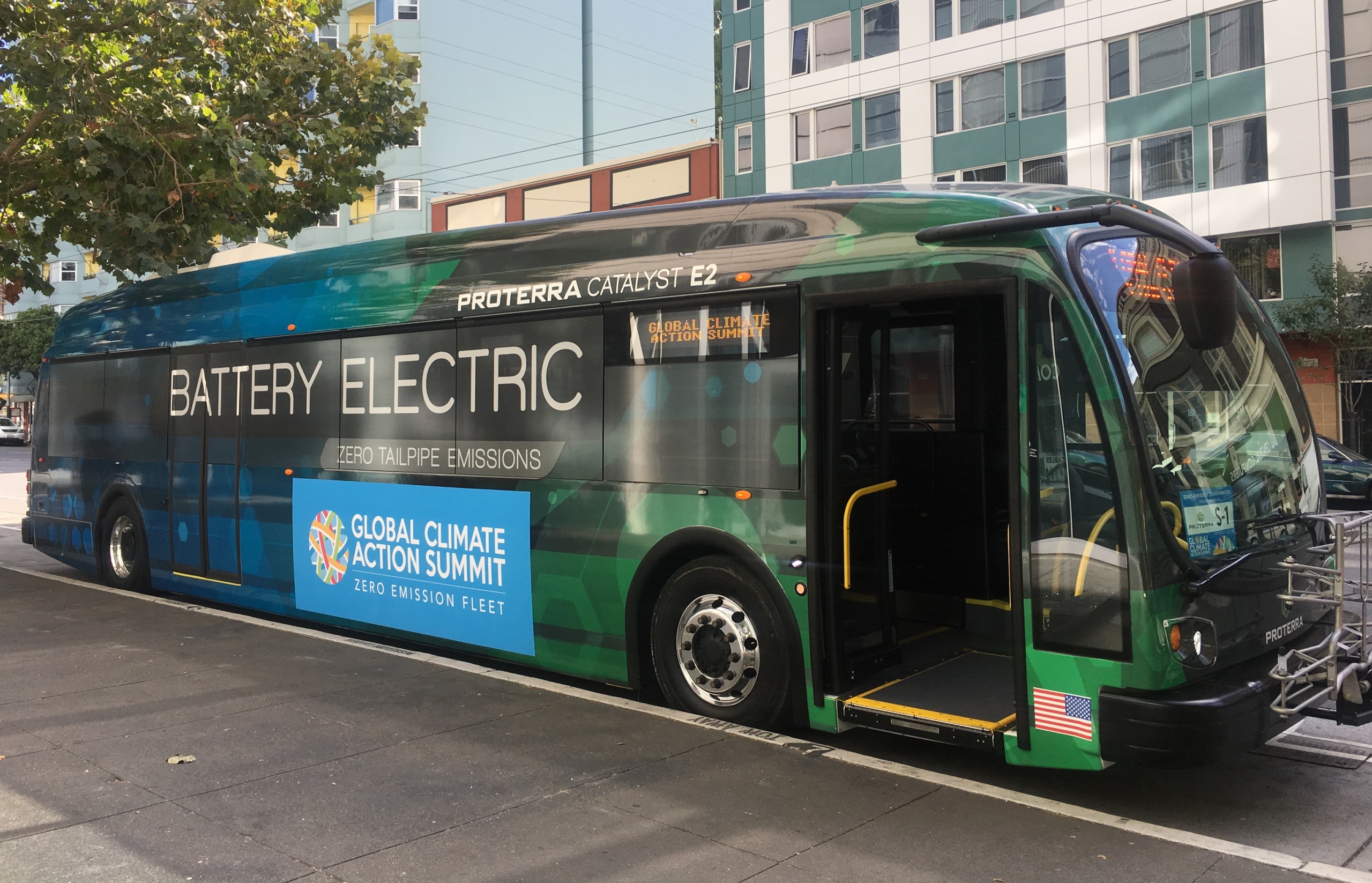
In 1893, bicycle mechanics J. Frank and Charles Duryea of Springfield, Massachusetts, designed and built America’s first successful gasoline-powered automobile. It was a crude machine – not much more than a buggy with a one-cylinder engine strapped to the back – but it worked, and within a few years the Duryea Motor Wagon had become the first automobile to be mass-produced in the United States. But it faced a skeptical public. At that time, as auto pioneer Alexander Winton would later recall, “to advocate replacing the horse, which had served man through centuries, marked one as an imbecile.”
Public cynicism was compounded by the fact that the first motorcars were noisy, unreliable, exorbitantly expensive and plagued by mechanical problems. They also required infrastructure that the United States simply did not have. Over time, however, as people began to see the potential in these vehicles and investors started to pour money into their development and production, the problems that had dogged the early automobiles were ironed out. Technology improved, mass production and rising demand brought costs down, and the country – for better or worse – created the infrastructure that allowed this once-ridiculed contraption to become a taken-for-granted part of modern life.
The first public transit buses to arrive on America’s streets in the early 20th century faced similar challenges. As with the motorcar, however, the skepticism and practical hurdles their early incarnations had to contend with were gradually overcome, the technology was refined and improved, and the diesel-powered bus quickly established itself as the workhorse of America’s public transit system.
Today, America is on the verge of another technological transition – from vehicles powered by fossil fuels to those powered by electricity. The need for that transition is urgent: while buses play a crucial role in reducing the number of cars on America’s roads, the vast majority are still powered by fossil fuels, primarily diesel – a dangerous pollutant with proven links to a range of negative health impacts and a major contributor to global warming.
Our new report, Electric Buses in America, shows that the technology now exists to make that transition a reality. The evidence of that readiness can be found in the experiences of six “early adopters” of electric buses profiled in the report.
In Seneca, SC, which in 2014 became the first city in the world to launch an all-electric bus fleet, the local transit agency’s electric buses have outperformed its old diesel buses in fuel and maintenance costs and reduced its fleet’s carbon dioxide emissions by nearly 3 million pounds. The Chicago Transit Authority reports that the two electric buses it added to its fleet in 2014 have saved the agency more than $24,000 annually in fuel costs and $30,000 in maintenance. Twin Rivers Unified School District in California has been operating electric school buses since 2017 and reports an annual savings of around $15,000 on energy and maintenance, including a reduction of up to 80 percent in fuel costs.
In addition to financial savings, electric buses produce significantly fewer harmful emissions than diesel buses. By eliminating diesel exhaust fumes and particulate pollution, these vehicles improve air quality in the communities they serve, with tremendous benefits: the Chicago Transit Authority, for example, estimates that a single electric bus saves the city nearly $55,000 every year in avoided healthcare expenses. Since they produce substantially lower greenhouse gas emissions than any other kind of bus on the market, electric buses have also demonstrated that they can play a leading role in helping cities and states reach their climate goals.
The experience of early deployments also highlights some of the challenges that must be overcome in order to maximize the benefits of the transition to electric buses. A trial of electric school buses in Massachusetts found that while the vehicles delivered on their promise of cleaner air and reduced greenhouse gas emissions – and also had no difficulty operating in the region’s cold winter climate – unmanaged charging of batteries and high electricity rates led to smaller-than-expected fuel cost savings. King County Metro Transit in Washington similarly reports that its electric buses have performed well in a range of weather conditions and delivered substantial environmental and societal returns, but per-mile fuel costs have been higher than for the agency’s diesel buses, in part because of high electricity costs.
These and other challenges can be overcome. In the case of high energy costs, close collaboration with energy providers and the adoption of friendlier utility rate structures can help agencies take advantage of the cost savings potential of electric buses. The reliability issues that have surfaced from time to time are likewise often resolved through a good working relationship with the vehicles’ manufacturers or avoided altogether by solid infrastructure planning. Even in Albuquerque, which ended up abandoning its first electric bus trial after a series of technical problems, an evaluation of that trial showed that these problems could, in some cases, have been avoided with better planning. Accordingly, the city has recently announced its intention to resume its electric bus program.
Ten years ago, electric buses were almost unheard of in America. Today there are more than 500 in operation across the country and more on the way. Just as rapid improvements to gasoline-powered vehicles and infrastructure revolutionized transportation in the early 20th century, so too are radical innovations in electric vehicle technology resolving many of the problems with the early incarnations of the electric bus. The transit agencies and school districts that have already experimented with these vehicles have shown that they can be viable, environmentally friendly and cost-effective replacements for diesel buses. Other agencies should learn from their experiences, and follow their example by putting clean electric buses on the road in greater numbers.
Topics
Authors
James Horrox
Policy Analyst, Frontier Group
James Horrox is a policy analyst at Frontier Group, based in Los Angeles. He holds a BA and PhD in politics and has taught at Manchester University, the University of Salford and the Open University in his native UK. He has worked as a freelance academic editor for more than a decade, and before joining Frontier Group in 2019 he spent two years as a prospect researcher in the Public Interest Network's LA office. His writing has been published in various media outlets, books, journals and reference works.
Find Out More
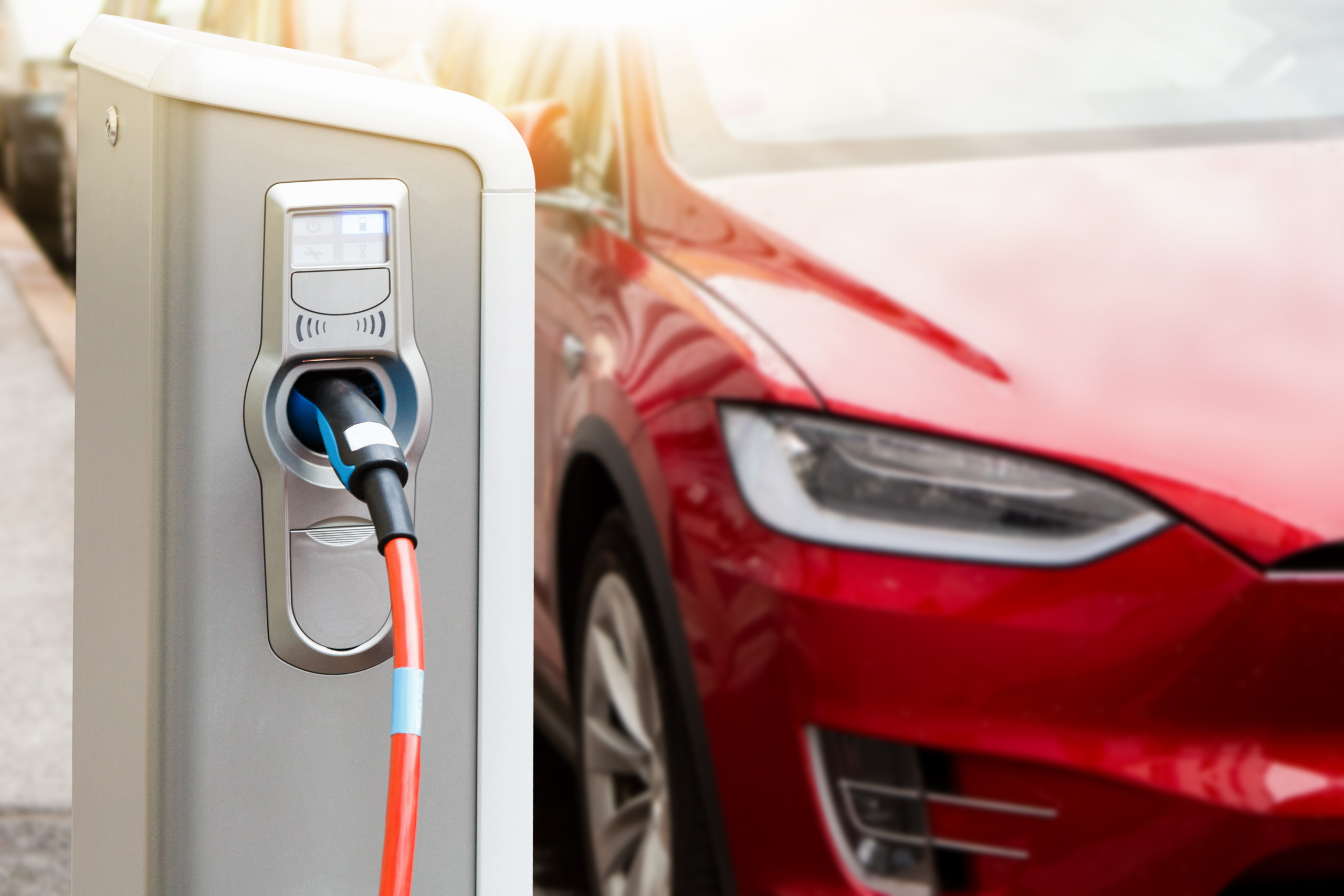
Automakers could have learned to build EVs. They paid Tesla to do it instead.
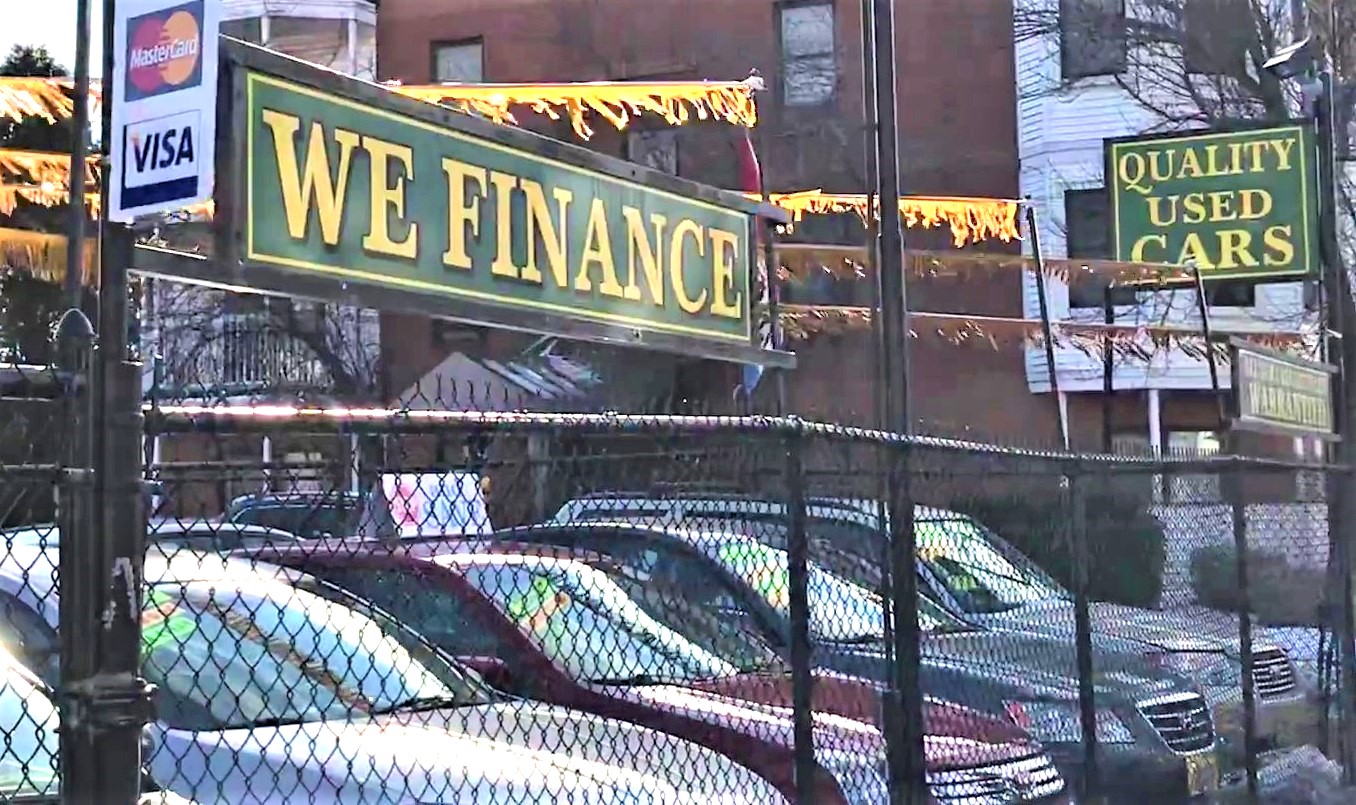
The auto industry has a sustainability problem. And it’s not just about the environment.
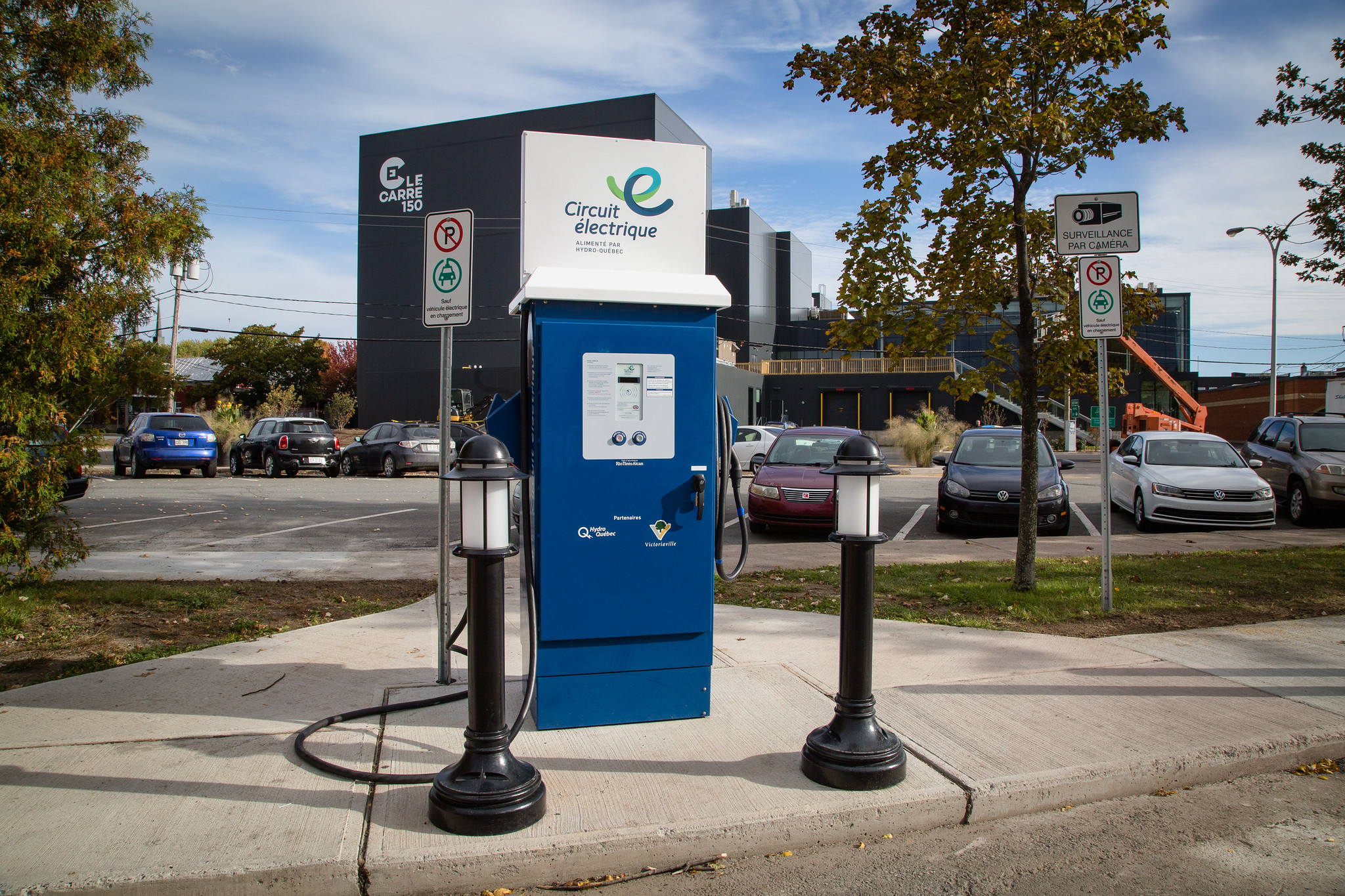
Totally wired: How Quebec became a leader in electric vehicle charging
